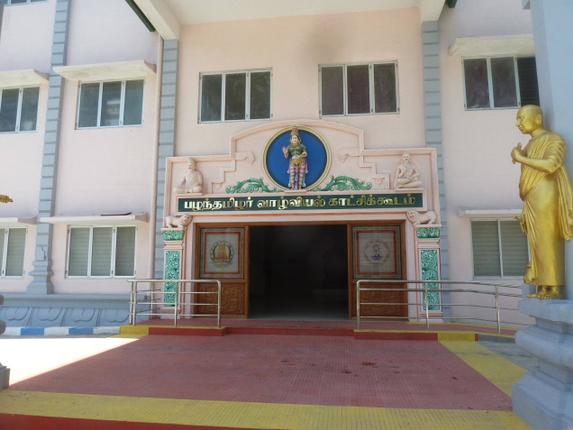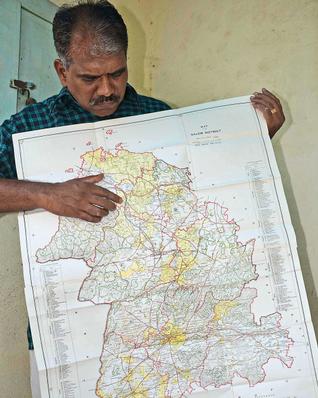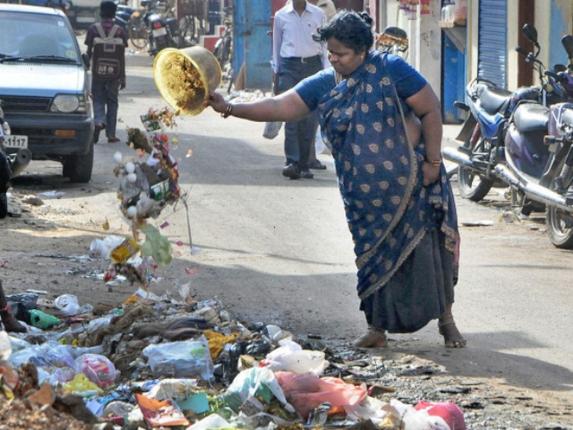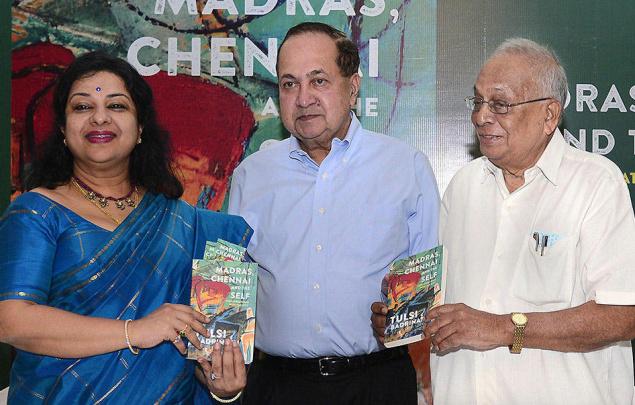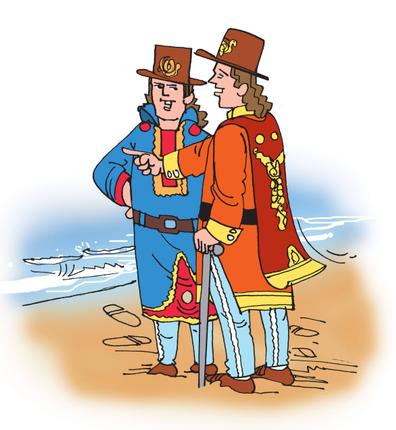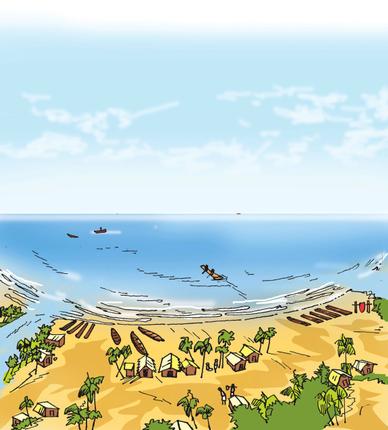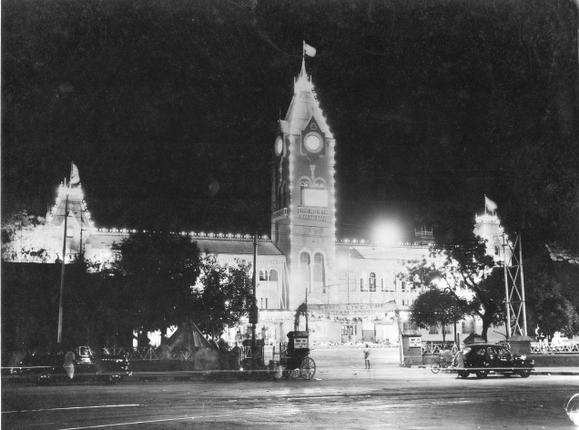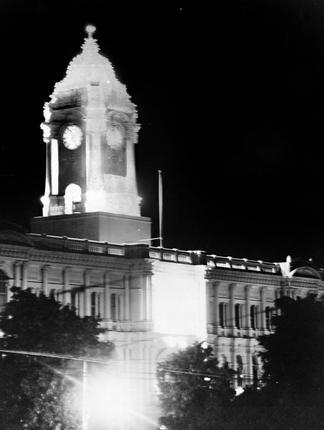
HIGHLIGHTS
- The move of the govt to create a Greater Chennai Corpn has virtually revived the ancient province of Tondaimandalam.
- A study of the region by Colonel Colin Mackenzie says Tondaimandalam was 1st inhabited by Kurumbas, a fierce tribe .
- Epigraphs of the region also reveal the existence of a sound administrative system
- _______________________________
The move of the state government to create a Greater Chennai Corporation, bringing into its fold several areas of Kancheepuram and Tiruvallur, has virtually revived the ancient province of Tondaimandalam that is believed to have existed in the last Sangam period. The Chennai region was a part of Tondaimandalam.
With the first references to the region going back to tribal Kurumbars and the reign of King Karikala Chola in the 1st century AD, Tondaimandalam had been under the rule of the Kurumbars, Cholas, Kalabhars, Pallavas, Pandyas and the Vijayanagara dynasties for over 2,000 years. The region during the said period came under two divisions — Aruvanadu and Aruvavadatalainadu.
Greco-Egyptian writer Ptolemy observed that the region was named Aruvarnoi and that the territory roughly extended between South Pennar and North Pennar, which together came to be called as Tondaimandalam or Tondainadu, after the conquest by Tondaiman Ilam Tiraiyan, who took over the Chola empire from Karikala Chola and Nedumudikilli.
The Mackenzie Manuscript, a study of the region by Colonel Colin Mackenzie, the first surveyor general of India, says Tondaimandalam was first inhabited by Kurumbas, a fierce tribe — early references to whom are found in the Ashokan edicts — until their defeat by Ilan Tiraiyan.
The tribe divided the region into 24 districts and built several forts. Historian Prof K V Raman says, “Places like Mylapore, Triplicane, Egmore, Pallavaram, Velacheri, Thiruvanmiyur and Nungambakkam among many others formed a vital part of the ancient Tondaimandalam.”
“Even though names of places like Nungambakkam, Ayanavaram, Vyasarpadi, Villivakkam, Ambattur etc appear to be modern names of recent origin, they find mention in inscriptions dating back to the 12th and 13th centuries AD, which in turn stresses their antiquity,” he adds. Inscriptions belonging to the Pallavas, Cholas, Rashtrakutas, Pandyas, Cheras and the Vijayanagara kings that have been found in places like Pallavaram, Triplicane, Thiruvanmiyur, Thirunirmalai, Padi etc. bear witness to the political changes through which the region passed.
Those from the 10th, 11th and 12th centuries AD make it evident that the area on which Chennai city and its surroundings are situated were included partly in Puzhal Kottam and partly in Puliyur Kottam.
“The region has been rightly called ‘the classic ground of early Paleolithic culture in south India as the first Paleolithic relic was discovered at Pallavaram, leading to the discovery of many more Paleoliths in other places. Megalithic sites and tools, dating back to the Iron Age were also discovered here,” says Raman.
Epigraphs of the region also reveal the existence of a sound administrative system — both central and local — including active functioning of village assemblies (sabhas) in Manali, Adambakkam and Tiruvottriyur. The system was functional during the Pallava rule in the 9th century AD.
Later under the rule of Chola and Vijayanagar kings, the function of village assemblies was extended to many other places of the region. The region had an equally significant contribution towards the fields of literature and learning. Thiruvalluvar, the author of Thirukkural, is associated with Mylapore while Sekkizhar, author of ‘Periya Puranam’ is said to have hailed from Kunrattur.
Some of the heralders of the Vaishnava wing of the Bhakti movement were either born in this region or were closely associated with it. Pey Alvar, one of the earliest Alvars, came from Mylapore while Thirumazhisai Alvar was born in Thirumazhisai near Poonamallee. Thirukacchhi Nambi, a close associate of Sri Ramanuja, the famous philosopher of the Vishishtadvaita school, came from Poonamalli.
Epigraphical, archaeological and literary sources reveal that Buddhism and Jainism once had a hold in this region. Monuments of the Chennai region reveal the contributions of the Pallava, Chola and Vijayanagar dynasties. The Pallavas built the famous cave temples in Mamallapuram, Mamandur and Narasapalayam villages near Kancheepuram and at Singaperumal Koil.
Dr S Krishnaswami Aiyangar in ‘Madras Tercentenary Commemmoration Volume 1939’ also talks about Mylapore dating back to the beginning of the Christian era, making it over 2,000 years old.
Historian R Sathianathaier says, “Tondaimandalam was the heart of the Pallava empire, the helmet of the Chola empire, the scene of a triangular contest among the Pandyas, the nucleus of Saluva Narasimha’s power and the grave of the Vijayanagar empire.”
(The author is the director of Chennai 2000 Plus Trust)
source: http://www.timesofindia.indiatimes.com / The Times of India / News Home> City> Chennai / TNN / June 24th, 2016
